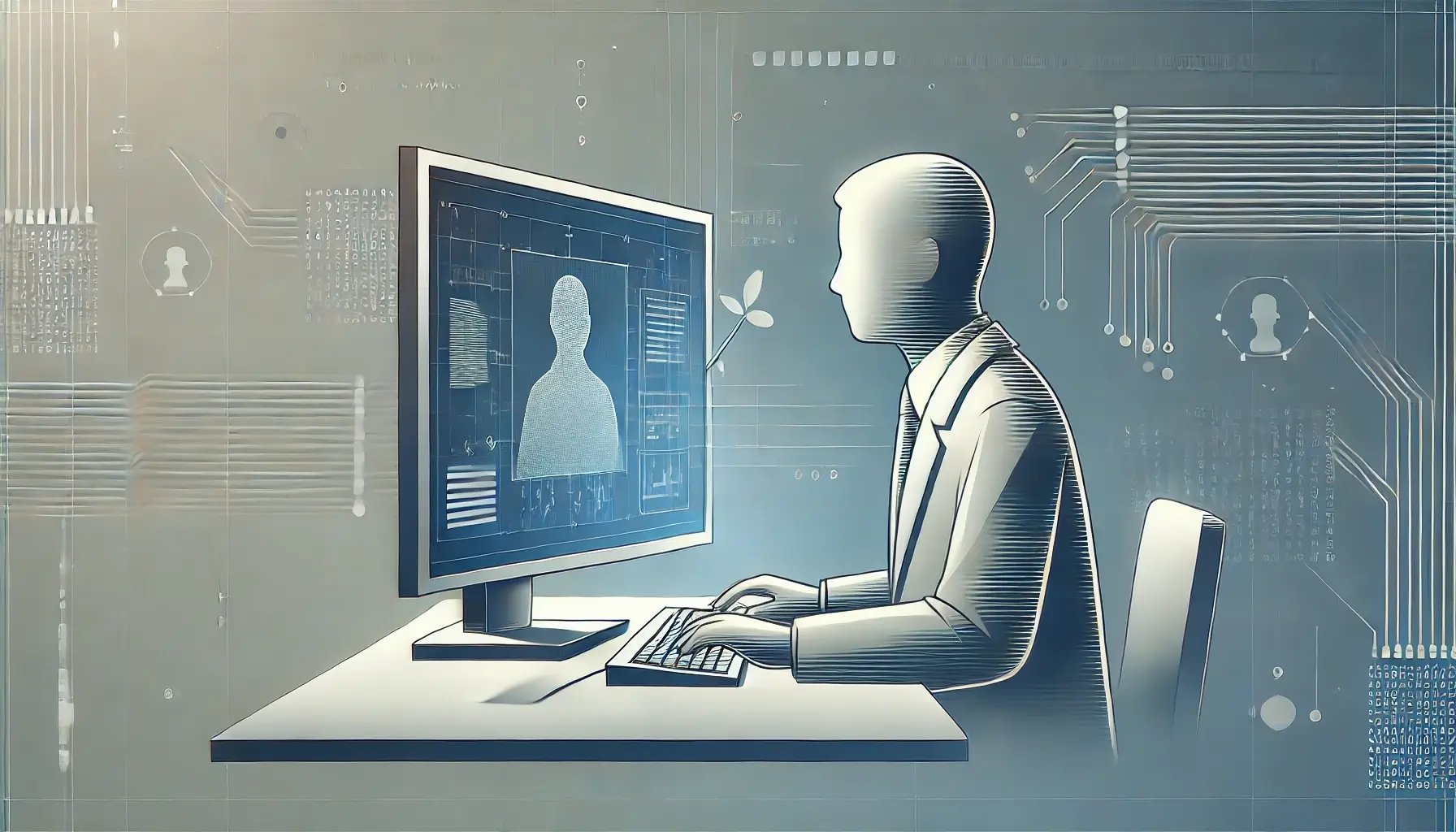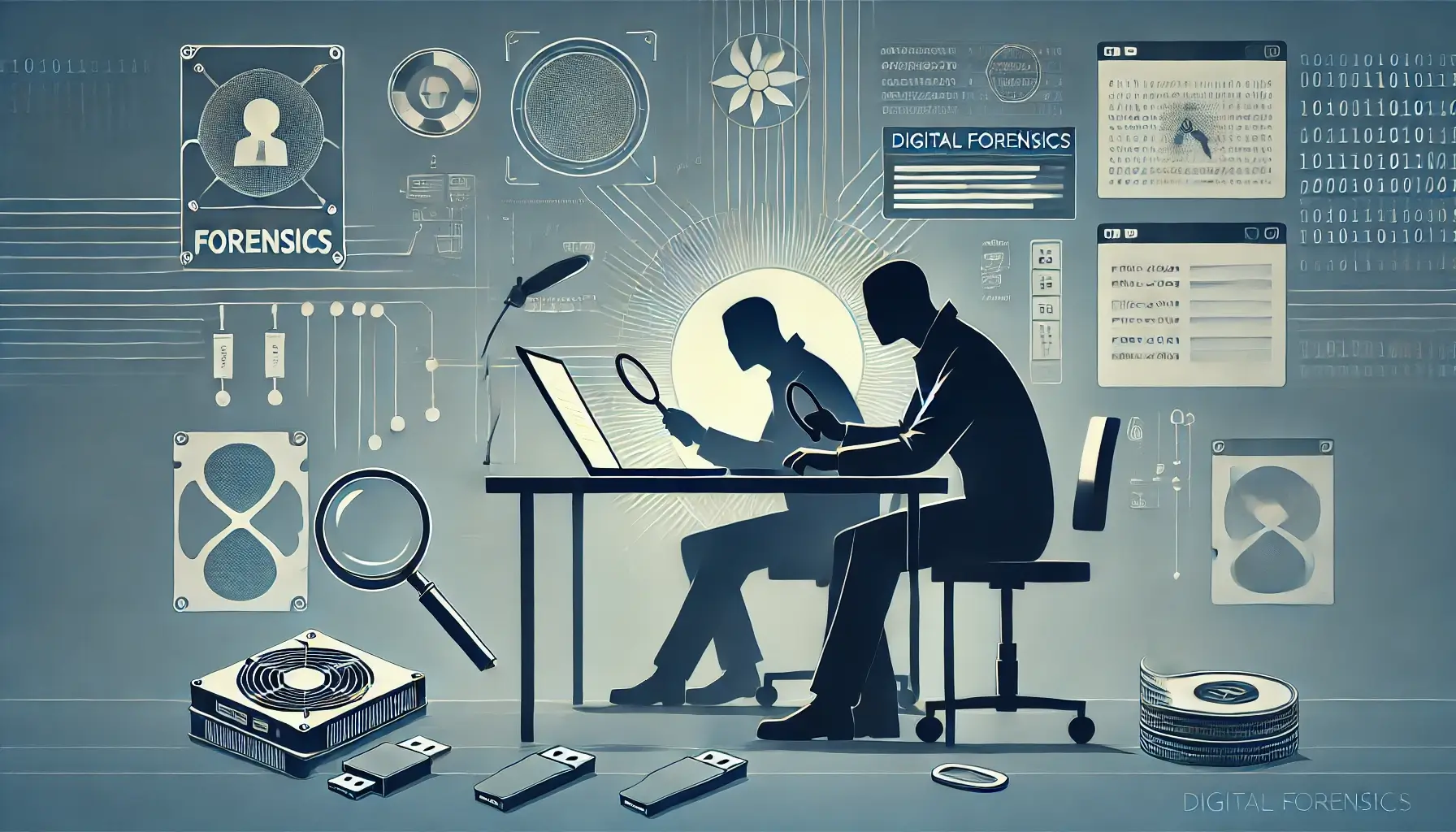Digital forensics software is a specialized type of tool used to examine, analyze, and preserve digital evidence. This software plays a key role in investigating cybercrimes, data breaches, and other incidents involving digital data.
This software is critical for maintaining the integrity and security of digital information. In an age where cyber threats are ever-present, the ability to investigate and respond to incidents quickly and accurately is more important than ever.
In this article, we discuss the purpose and core functions of digital forensics software, explain how it works in the investigation process, and describe the various types of tools and their purposes. We also cover scenarios and indicators for when to use this software and outline best practices to follow.
Understanding Digital Forensics Software

Digital forensics tools are essential for modern investigations, enabling experts to collect and analyze data from computers, mobile devices, networks, and other digital sources.
These tools help uncover vital evidence, support legal cases, and ensure compliance with regulations. By using digital forensics software, investigators can trace unauthorized access, recover lost data, and analyze suspicious activities.
Digital forensics software, cyber forensics software, and computer forensics software are terms often used interchangeably, but they have distinct focuses:
- Digital forensics software: A broad term encompassing tools used to investigate all types of digital devices, including computers, mobile phones, and network systems.
- Cyber forensics software: Specifically focuses on investigating crimes related to the internet and cyberspace, such as hacking, online fraud, and cyber terrorism.
- Computer forensics software: focuses on retrieving and analyzing data from personal computers and related devices.
Core Functions & Features of Digital Forensics Software
- Data acquisition: The process of collecting data from digital devices. This step is critical to ensure that evidence is gathered in a manner that preserves its integrity and prevents tampering.
- Data analysis: Involves examining the collected data to identify relevant information. This can include searching for deleted files, analyzing file metadata, and reconstructing user activities.
- Data preservation: Ensuring that the collected data remains unchanged and is securely stored. This involves creating exact copies of the original data (known as forensic images) and using write blockers to prevent any modifications.
- Reporting: Generating detailed reports that document the findings of the investigation. These reports must be clear, accurate, and suitable for presentation in court. Reporting features often include the ability to export data in various formats and create visual representations of the findings.
By understanding these key aspects of digital forensics software, investigators can effectively use these tools to support their investigations and ensure the integrity and reliability of digital evidence.
How Digital Forensics Software Works
A digital forensic investigation involves several key steps, each requiring specific tools and techniques to ensure accurate and reliable results.
Process of a Digital Forensic Investigation
1. Identifying Data Sources
- Investigators first determine which devices and systems may contain relevant data. These can include computers, mobile phones, servers, network devices, and cloud storage.
- They look for data sources like hard drives, memory cards, USB drives, emails, and social media accounts.
2. Collecting Digital Evidence
- Using data acquisition tools, investigators gather digital evidence while maintaining its integrity. Tools like disk imagers create exact copies of storage devices, while network sniffers capture network traffic.
- It’s essential to use write blockers to prevent any changes to the original data during the collection process.
3. Analyzing the Data
- The collected data is examined using various analysis tools. These tools can recover deleted files, extract metadata, and reconstruct user activities.
- Common techniques include keyword searches, timeline analysis, and file carving. Investigators may also use specialized software to analyze logs and trace cyberattacks.
4. Preserving the Evidence
- Preservation involves creating forensic images and storing them securely to prevent tampering. This step ensures that the original data remains unchanged throughout the investigation.
- Proper documentation of the chain of custody is maintained to show who handled the evidence and when.
5. Reporting Findings
- Investigators compile their findings into detailed reports. These reports must be clear, accurate, and ready for presentation in court.
- Reporting tools can generate visual representations of data, export findings in various formats, and include annotations to explain the significance of the evidence.
Tools and Techniques Used at Each Stage
Data Acquisition:
- Disk imagers (e.g., FTK Imager, EnCase)
- Network sniffers (e.g., Wireshark)
- Write blockers (e.g., Tableau)
Data Analysis:
- Forensic analysis software (e.g., Autopsy, X-Ways Forensics)
- Keyword search tools
- Timeline reconstruction tools
Data Preservation:
- Forensic imaging tools
- Secure storage solutions
Reporting:
- Reporting tools (e.g., Magnet AXIOM)
- Visualization software
- Export functions for various file formats
Each step in the process is critical to ensuring that digital evidence is collected, analyzed, preserved, and reported accurately. By using the right tools and techniques, investigators can build a strong case based on reliable digital evidence.
Types of Digital Forensics Tools
Digital forensics relies on various specialized tools to examine and analyze data from different sources. Each type of tool serves a specific purpose in the investigation process.
Here is a precise table summarizing the types of digital forensics tools:
| Type of Tool | Purpose | Examples | Functions |
|---|---|---|---|
| File Analysis Tools | Examine and recover files | Belkasoft Triage, EnCase, FTK | Recover deleted files, analyze file systems, extract metadata |
| Network Forensics Tools | Monitor and analyze network traffic | Wireshark, NetworkMiner | Capture packets, analyze traffic patterns, identify suspicious activities |
| Memory Forensics Tools | Analyze volatile memory (RAM) | Belkasoft RAM Capturer, Volatility, Rekall | Examine running processes, detect malware, analyze system states |
| Mobile Forensics Tools | Recover and analyze mobile data | Belkasoft X, Cellebrite UFED, Oxygen Forensic Suite | Extract call logs, recover deleted data, analyze app usage |
| Cloud Forensics Tools | Investigate cloud-stored data | Magnet AXIOM, Elcomsoft Cloud Explorer | Access cloud data, analyze logs, extract cloud-based application data |
These tools are integral to the digital forensics process, each tailored to handle specific types of data and sources.
When to Use Digital Forensics Software

Digital forensics software is essential in several situations and scenarios. It helps investigators uncover evidence, support legal cases, and maintain data integrity.
Situations and Scenarios
1. Cybercrime Investigations:
- Used to investigate hacking, fraud, and other cybercrimes.
- Helps trace the source of attacks and collect evidence for prosecution.
2. Incident Response:
- Essential for responding to security incidents like data breaches.
- Helps identify the extent of the breach, affected systems, and remedial actions.
3. Legal Disputes and Litigation Support:
- Provides evidence in cases involving intellectual property theft, fraud, and other legal matters.
- Helps attorneys gather and present digital evidence in court.
4. Compliance Audits:
- Ensures organizations adhere to regulations and standards.
- Used to verify data protection measures and audit trails.
5. Internal Investigations:
- Helps organizations investigate internal issues such as employee misconduct or policy violations.
- Supports HR and compliance teams in gathering digital evidence.
Indicators for Using Digital Forensics Software
1. Unauthorized Access or Data Breaches:
- Signs of unauthorized access to systems or data.
- Evidence of compromised accounts or data exfiltration.
2. Insider Threats:
- Suspicious activities by employees or contractors.
- Unusual access patterns or data transfers.
3. Data Loss or Corruption:
- Instances of missing or corrupted data.
- Need to recover lost files or determine the cause of corruption.
4. Suspicious Activity or Anomalies in Network Traffic:
- Unusual spikes in network traffic or connections to unknown IP addresses.
- Indicators of malware or unauthorized devices on the network.
Digital forensics software is a critical tool in these scenarios, enabling investigators to uncover the truth, maintain data integrity, and ensure compliance with legal and regulatory requirements.
Best Practices for Using Digital Forensics Software

Using digital forensics software effectively requires adherence to best practices to ensure accurate and reliable results. Here are some key practices to follow:
1. Ensuring Data Integrity and Chain of Custody
- Create exact copies (forensic images) of original data to prevent alterations.
- Use write blockers during data acquisition.
- Document every step in handling evidence, including who accessed the data and when.
2. Proper Documentation and Reporting
- Record all actions taken during the investigation.
- Maintain comprehensive notes on findings, processes, and anomalies.
- Generate clear, accurate reports with visual aids like charts and graphs.
- Ensure reports meet legal and regulatory requirements.
3. Staying Updated with the Latest Software Versions and Updates
- Regularly check for and install updates to digital forensics tools.
- Stay informed about new tools and technologies.
- Ensure software versions are compatible with operating systems and hardware.
- Test updates in a controlled environment before deploying.
4. Training and Certification for Users
- Provide regular digital forensic training to keep skills current.
- Include practical exercises and real-world scenarios in training programs.
- Encourage obtaining certifications from recognized bodies like IACIS or GIAC.
- Certifications demonstrate expertise and commitment to high standards in digital forensics.
These best practices help ensure that digital forensics investigations are thorough, accurate, and legally defensible.
Conclusion
Digital forensics software plays a critical role in modern investigations. It enables experts to collect, analyze, and preserve digital evidence, ensuring that investigations are thorough and reliable.
This software is essential in solving cybercrimes, responding to security incidents, supporting legal cases, and ensuring compliance with regulations.
Looking to the future, the integration of AI and machine learning into digital forensics tools promises to enhance their capabilities further. These technologies can help automate the analysis process, identify patterns more quickly, and handle larger volumes of data efficiently.
As digital forensics continues to evolve, it will become even more effective in combating cyber threats and uncovering digital evidence, solidifying its place as a vital tool in modern investigative work.
Related Articles:
- Advanced Recovery Techniques for Stolen Cryptocurrencies
- How to recover lost password of Memory Card
- Why Information Security Training is the Foundation of Cyber Defense
- 4 Ethical Consideration in Cloud Data Protection
- Transforming Cybersecurity Crises into Trust-Building Opportunities
